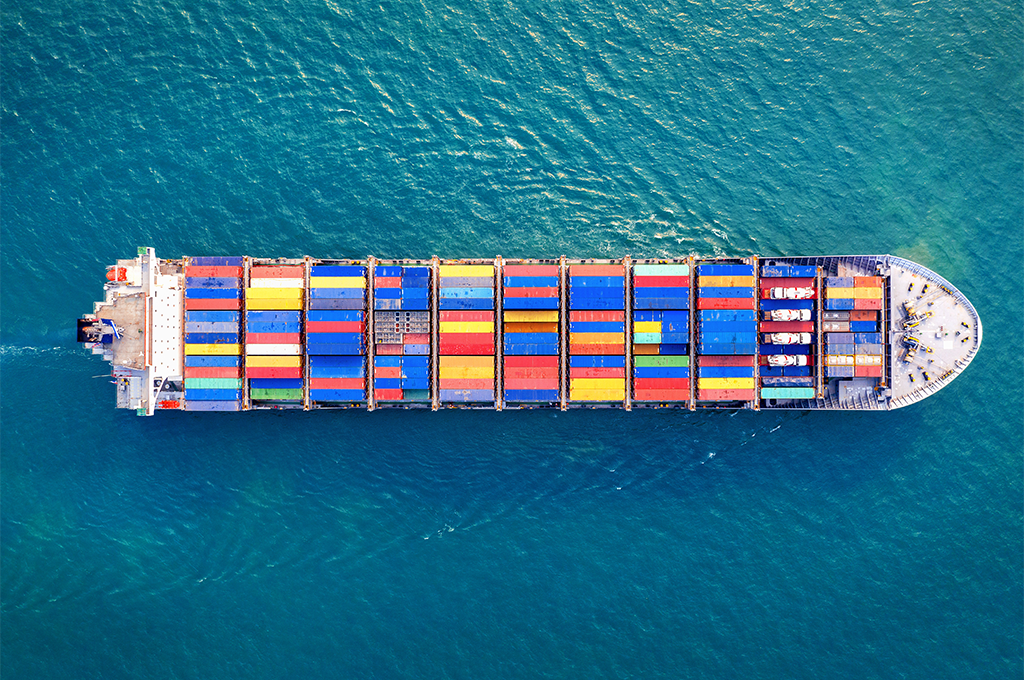Economists suggest the supply chain logjam will continue to affect businesses into the first half of 2022. Speculation over lack of inventory was a hot topic during the summer months, and now that year-end holiday shopping is underway, the pressure of supply chain performance is even more prevalent – especially as Americans may spend an average of $866 on holiday gifts this year.
What’s going on
In the U.S., the distribution and delivery of merchandise sitting in off-shore containers hit a record-breaking delay in the last month. The financial impact of this backlog has brands, manufacturers and shipping agents on edge. Not only are they enduring months-long shipping delays and heavily increased freight bills, but also face the threat of penalty fees from port authorities for letting their containers “dwell” too long at crowded marine terminals. Not good.
The container bottleneck isn’t limited to waterways. For example, truck drivers have abandoned empty shipping containers in the Midwest because there’s more money earned for carrying full loads than returning empty ones. Carriers have also rejected U.S. agricultural exports, threatening the U.S. farm market and global food chains as containers return to their point of origin without goods. For example, the Port of Los Angeles reported that more than 80% of containers exported to Asia in September were vacant.
The mighty and all-powerful retailer
Some brands remain unfazed by supply chain woes. Large retailers and manufacturers are adapting their businesses to address supply constraints by integrating the production process in-house. Amazon, Home Depot, Walmart and a handful of others with well-lined purses have leveraged relationships with global suppliers to charter private ships to deliver goods and stock up on extra merchandise well in advance of consumer demand.
Other strategies that retailers are deploying include sourcing products from different parts of the world and shrinking packaging to address supply chain backlogs ahead of the holiday shopping season. For example, Urban Outfitters strategically pulled forward certain product categories, which increased total inventory by 18%.
The U.S. has more than 600K manufacturing facilities domestically representing automotive, electronics and consumer packaged goods companies. The inventory strain is hitting all of them as companies near and far struggle with labor scarcity and the increasing global cost of ingredients.
Consumer spending steadily on the rise
Foot traffic in stores was up 48% from 2020 nationally and geographically. The South, followed by the Midwest, West, and Northeast saw shopper traffic on Black Friday returning to 2019 levels.
Just in November alone, shoppers spent $72 billion, with toys and electronics as the top two categories despite limited product availability and a precarious, unstable economy. And as Americans dip into their savings to splurge on apparel, electronics and home improvements, the rising demand across these categories is likely to increase the pressure on the supply chain well beyond the holiday season.

 Anjee Solanki
Anjee Solanki

 Aaron Jodka
Aaron Jodka Nicole Larson
Nicole Larson
